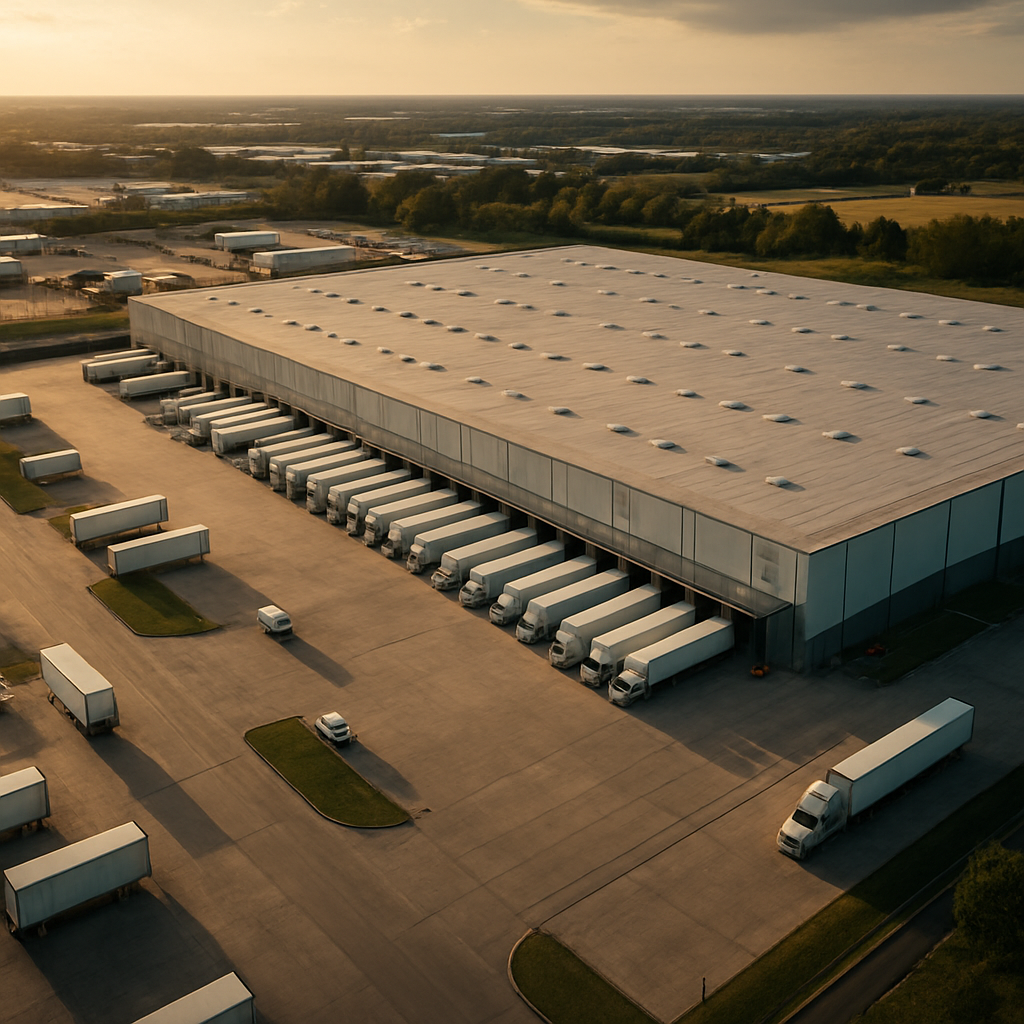
Distribution centers in 2025 are facing unprecedented challenges: labor shortages, rising wages, unpredictable demand, and the rapid integration of automation. For operations leaders, the question isn’t if to optimize labor, but how. One proven strategy is managed warehouse labor—a model where a dedicated provider supplies, manages, and scales the workforce to meet a facility’s operational demands.
This guide breaks down what managed warehouse labor is, why it matters now more than ever, and how it delivers measurable value across distribution center operations.
Managed warehouse labor is a supply chain solution where a third-party partner recruits, trains, supervises, and manages the warehouse workforce on behalf of a distribution center. Unlike temporary staffing agencies that simply place workers, managed labor providers bring:
This approach allows companies to outsource labor complexity while maintaining or even increasing throughput and efficiency.
According to the U.S. Bureau of Labor Statistics (BLS), warehousing and storage employment has grown by more than 40% over the past decade, but turnover remains among the highest across all industries. High turnover translates to costly retraining, productivity dips, and safety risks.
Meanwhile, Gartner’s 2025 supply chain trends report highlights that labor flexibility and scalability are top priorities for supply chain leaders, particularly as peak season demand patterns remain volatile.
In this environment, managed labor offers:
Predictable costs — Lower cost-per-case versus reactive overtime or emergency temp labor.
Reduced risk — Providers handle compliance, safety programs, and insurance.
Faster scaling — Ability to flex the workforce up or down by shift, season, or SKU volume.
Improved productivity — Proven performance models can increase cases per hour by 10–15%.
| Staffing Agency | Managed Warehouse Labor Provider |
|---|---|
| Supplies workers | Supplies and manages the workforce |
| Limited training | Standardized onboarding + skills training |
| Little accountability | KPI-driven accountability + reporting |
| Client supervises | Provider supervises + optimizes |
This difference is why more companies are moving away from transactional staffing arrangements to strategic managed labor partnerships.
Operations leaders should consider a managed labor model if they are experiencing:
Q1: Is managed warehouse labor only for large distribution centers?
Not at all. While larger DCs benefit from scale, mid-sized facilities also see value by stabilizing labor and reducing costs per case.
Q2: How does managed labor improve safety?
Providers implement OSHA-compliant safety programs, conduct routine training, and track incidents—reducing risk and protecting associates.
Q3: How is managed labor different from automation?
Automation handles repetitive tasks, but humans adapt to variability. Managed labor ensures the human side is optimized to complement technology.
Q4: What KPIs should leaders track with managed labor?
Cases per hour, cost per case, error rate, and associate turnover are the most common.
Q5: How quickly can a managed labor provider scale up a workforce?
Most providers can ramp up within days or weeks, compared to months for in-house recruitment.
👇📅 We're here to help. There's no pitch - just a conversation. 📅👇
In any market, your supply chain can make or break your ability to compete well. Don't leave that to chance. We can help you create a stronger operation, so you never fall behind the competition.
Stop worrying about labor challenges and start enjoying a safe, lean, and rock-solid supply chain.
(800) 849-3132 | © FHI. All rights reserved.